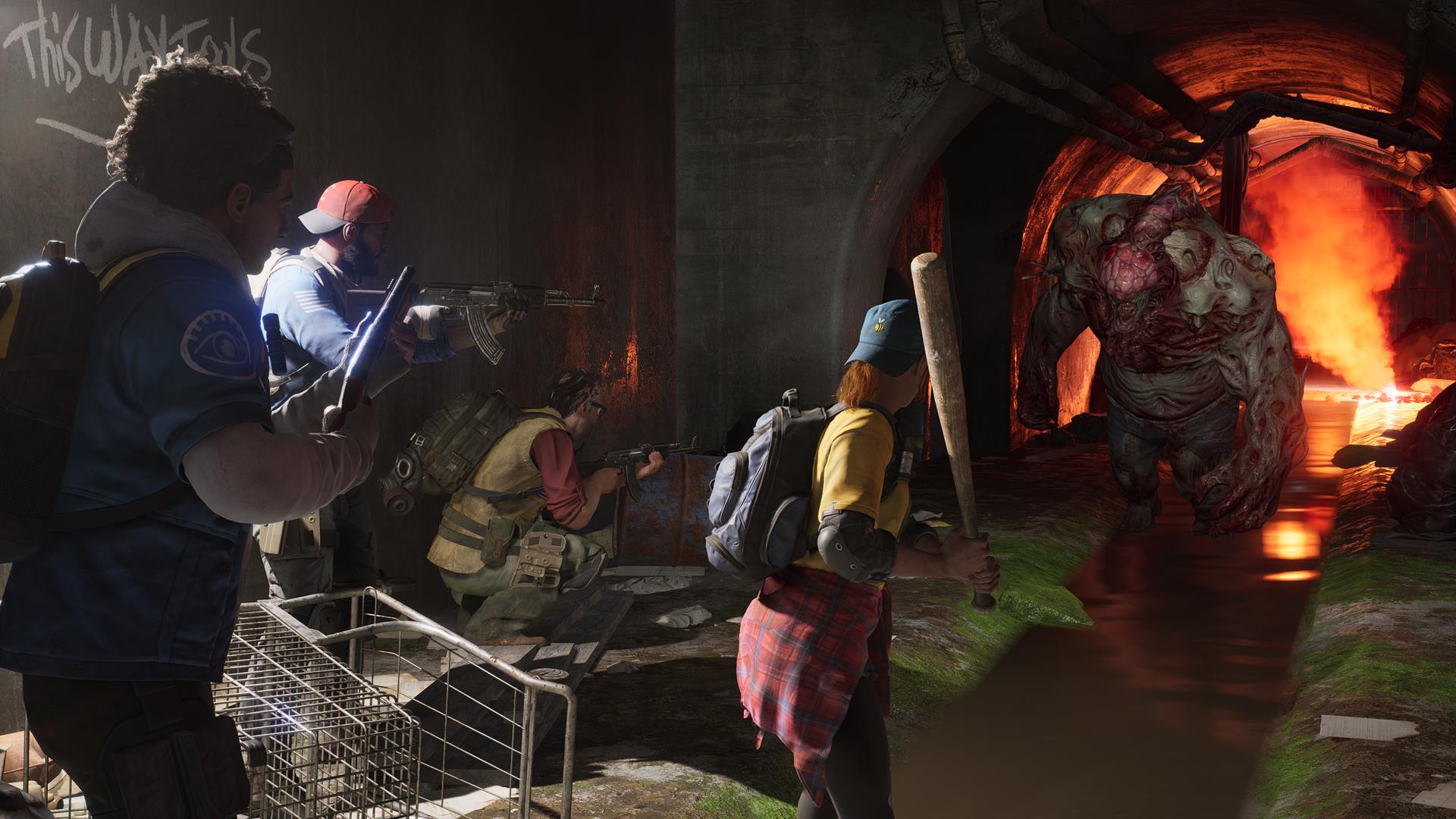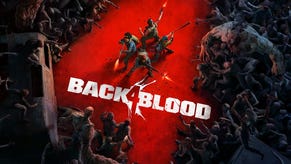Back 4 Blood’s card system makes a lot more sense after playing it
Back 4 Blood’s card system is the creator of infinite opportunities.
This week, we got a chance to play the upcoming beta for Back 4 Blood ahead of the first public session, which begins today for pre-order players and those with early access codes.
Back 4 Blood is a co-op zombie shooter in the classic style from Turtle Rock Studios, the innovators behind it all. It would be pointless to compare its different components to Left 4 Dead’s – Turtle Rock’s claim to fame, so I won’t. Instead, I want to focus on what makes it a really good co-op game in a sea of live service-obsessed co-op everything.
The idea of Back 4 Blood has always been something I wanted to play. I got my first chance back in the alpha, and while several parts of it were early-in-development at the time, I was hooked by the game’s core loop, enough to look forward to launch. It’s clear now after playing the beta that Back 4 Blood is in a much better state.
This is reflected in a few ways. For one, it’s a properly fleshed out package, with more weapons, better map variety, and a meta-game in the form of a hub area where you invest your earned currency. All these different systems feed into the game’s deck building mechanic. It sounds more cumbersome than it actually is, and I can tell you that it was much easier to wrap my head around here compared to the alpha.
Cards are essentially modifiers. Some are played by players – perks - and others – challenges – are played by the Game Director. At the start of the match, every player gets to select a random card from the deck they brought in. Unless specified, cards only apply to your character, so you can generally use them to supplement your deficiencies. You come across cards in the levels themselves, either as random drops or by directly buying them using Copper you collect on your adventure. You can also invest a different currency into acquiring even more cards at the hub – all help you expand your decks, and you’ll really need more than one active deck if you’re doing it right.
Cards are split into four categories. As your library grows, you’ll quickly realise that you can’t fit everything into a single deck. This is where these different categories come into play. It wasn’t until playing several runs that I really began to appreciate the system. Initially, I went for small buffs that are universally useful. Things like a 10% stamina boost, faster healing animations and so on. Over time, however, it became clear that a specialised deck can create its own mini-playstyle within the larger game.
Back 4 Blood doesn’t have traditional classes, even if its various characters each come with unique perks. But to truly create a class, you need a deck of cards serving whatever playstyle you’re after. For example, you can really hone in on the role of a healer, a scout who can highlight pickups for the team, or a point man of sorts that can boost weak point damage.
You get to play your cards at the start of the game, and in-between sections of the map at the safe rooms as you advance. Late joiners don’t miss out, either, they can play cards for the current stage, as well as for those they missed. Things get much more interesting when you see the cards the AI is playing against you every time, seemingly as an attempt to make your new boons obsolete. It’s not always black and white, of course, the AI typically plays cards that force you to change your approach rather than directly respond to your plays.
You’ll see modifiers that multiply the flocks of crows around the level, which make it much riskier to explore as you’ll have to avoid them more often, or risk triggering the horde at every corner. Other cards will darken the environment, fill it with fog, or trigger events like forcing you to fight a roaming horde on top of what you have to normally deal with.
The AI could even tweak the behaviour of certain special zombies, inserting tougher or more specialised variants that really push your buttons. I’ve also come across cards that trigger timed challenges, which offer big rewards for clearing them, adding yet another layer to your strategy.
There’s immense potential for interplay here between your own cards, those of your teammates’, and whatever the AI counters with. There are so many spinning plates at any given moment. Maybe you got the weapon you want but not the good attachment, or maybe you came across a card that tempted you to change your approach to try for a reward and failed. Maybe none of this matters because the AI decided to play a particularly tough card against the group, forcing you to abandon your plans and contend with the new normal.
Back 4 Blood’s brilliance is how deftly it spins those plates. It really shines when your run takes those different twists and turns, always proving that no run is ever truly predictable or entirely safe.
Back 4 Blood is out October 12 on PC, PS4, PS5, Xbox One, and Xbox Series X/S.









